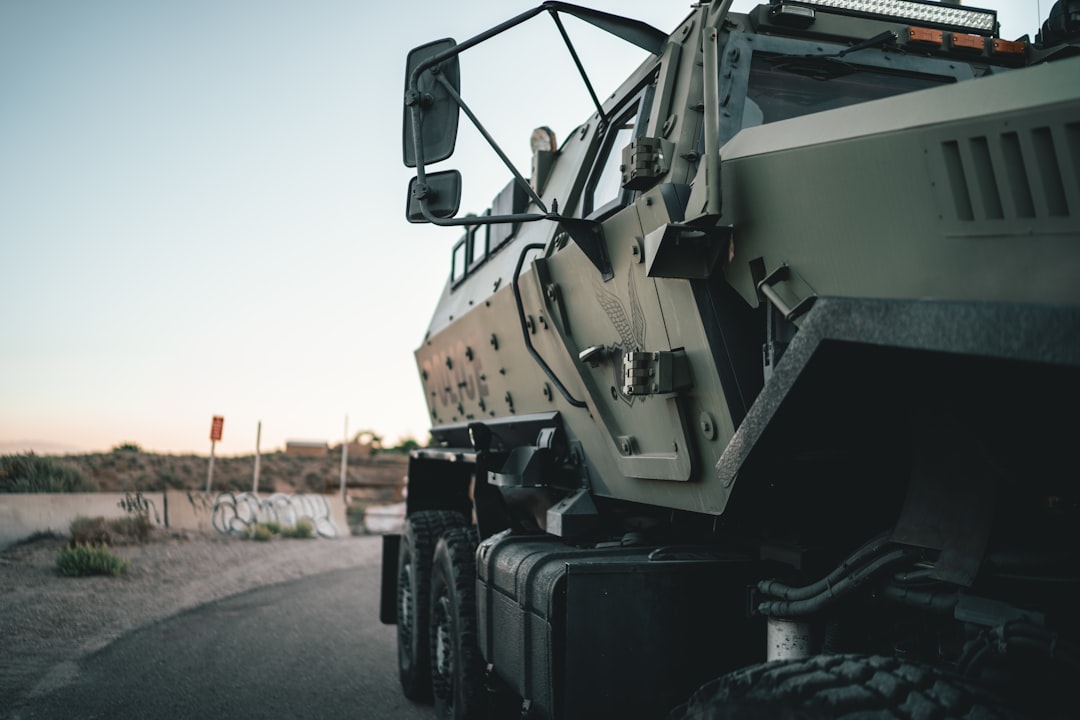The global military deployable infrastructure market is on a rapid growth trajectory, projected to rise from $0.95 billion in 2024 to a remarkable $1.29 billion by 2029. This robust expansion highlights a new era in military technology, where agility, resilience, and smart integration are driving innovation on and off the battlefield.
Modular Infrastructure Leads the Charge
One of the most significant trends shaping the military deployable infrastructure landscape is the adoption of modular infrastructure solutions. These systems allow for quick assembly, flexible deployment, and easy scalability, making them ideal for modern military operations that demand rapid response and adaptability. From modular command centers to quickly erected medical units, these innovations are helping armed forces respond more effectively to evolving security threats worldwide.
Climate Resilience Takes Center Stage
As climate change impacts operational environments, military planners are prioritizing infrastructure that can withstand extreme weather and harsh conditions. Next-generation deployable infrastructure now features energy-efficient designs, advanced insulation, and durable materials, ensuring continued performance in even the most challenging climates. This focus on climate resilience not only saves costs but also boosts mission success rates.
AI Integration and Autonomous Deployment Revolutionize the Field
Artificial intelligence is quickly becoming a game-changer in the defense sector. The integration of AI into deployable infrastructure enables smarter logistics, predictive maintenance, and enhanced security monitoring. Meanwhile, autonomous deployment technologies—such as self-driving vehicles and robotic assembly units—are minimizing human risk and accelerating setup times in conflict zones or disaster-stricken areas.
Key Drivers Behind Market Growth
The surge in the military deployable infrastructure market is driven by evolving warfare strategies, rising global security concerns, and the need for rapid, flexible solutions. Nations are investing heavily in infrastructure that not only meets current operational demands but also adapts to future threats and missions. Energy efficiency, sustainability, and digital connectivity are now standard requirements for military infrastructure contracts.
Major Players and Future Outlook
Industry giants and innovative startups alike are racing to develop advanced deployable infrastructure solutions. With governments increasing defense budgets and placing a premium on technological edge, the market is ripe for continued investment and breakthroughs.
As we approach 2029, expect further advances in modular design, AI-driven systems, and autonomous deployment. The military deployable infrastructure market is not just keeping pace with the times—it’s setting the standard for the future of defense operations worldwide.
